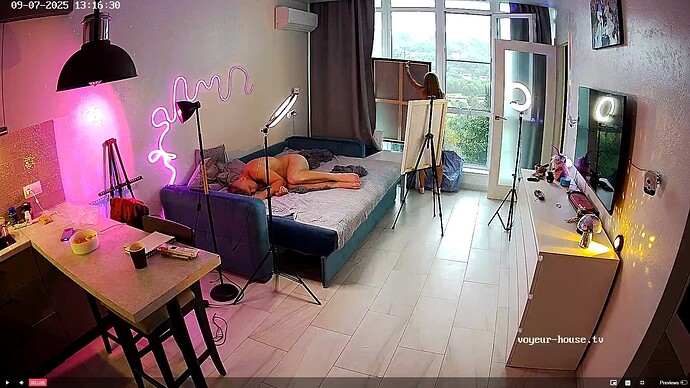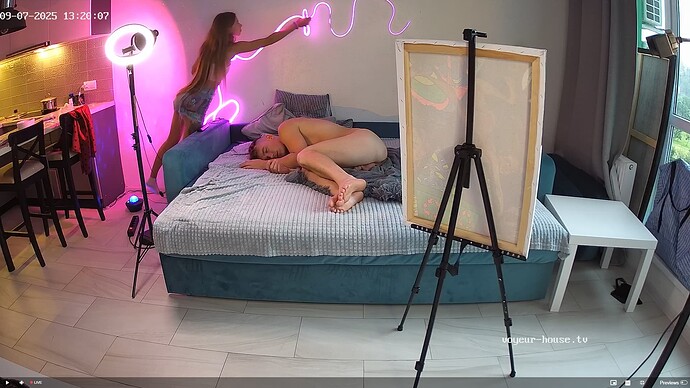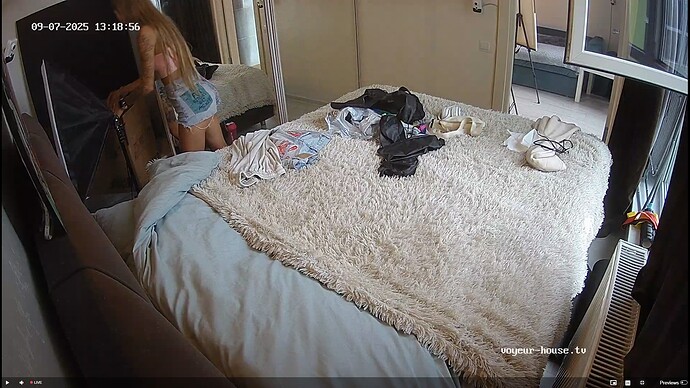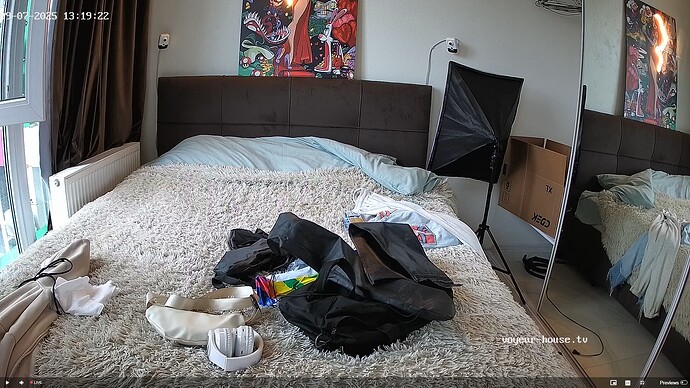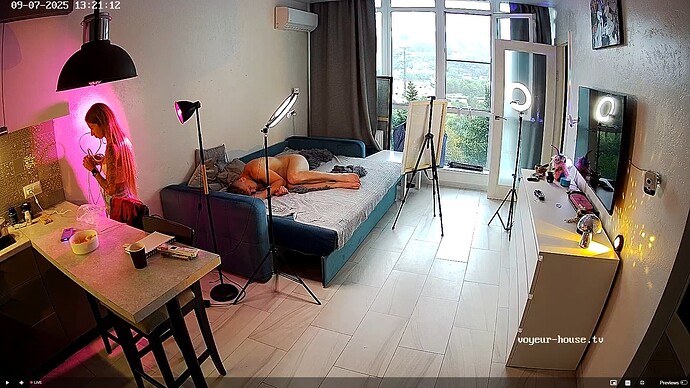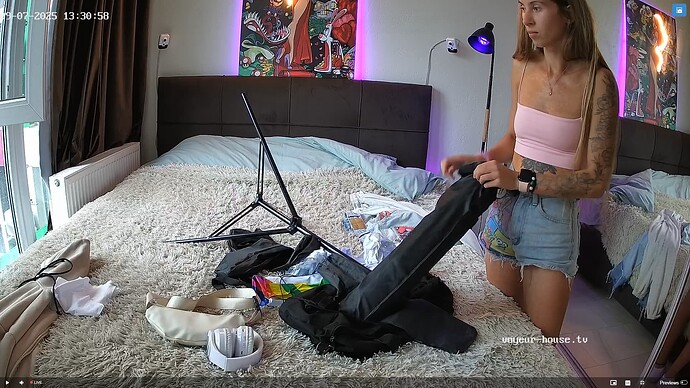With all that dance hopping around, it’s hardly surprising ![]()
En déchirantle dessin qu’elle avait fait pour pyro et elle il es clair que toute relation entre pyro et camellia soit définitivement brisé
Artist’s work tearing/destroying:
An Artistic Manifesto or Conceptual Gesture
In this case, the destruction is not a defeat but part of the artistic process or even the final artwork itself.
Emphasizing the Process:
The artist highlights that the process of creation is more important than the final product. By destroying the finished piece, the focus shifts to the act itself.
Emotional Breakthrough or Catharsis
Art is often personal and therapeutic. Tearing up a painting can be a physical act of liberation.
Letting Go of the Past:
The work may have been created during a period of pain, sorrow, or anger. Its destruction is a symbolic ending of that chapter and a liberation from that burden.
je suis tous a fait d’accord avec toi
I’m trying to recall a tv broadcast about one of the world’s top photographers who had a habit of destroying his most award-winning photos after gallery exhibitions. When asked why, he said what matters is how it was created—that on its own, it has no value.
That his greatest satisfaction comes when that proof of excellence no longer exists, and he tries to recreate it again.
That sure is a lot of depth and philosophy for a Saturday night……I just wanted to see some boobs. ![]()
Interesting—I asked AI who that photographer was, and it gave me a whole list…
For example:
Nobuyoshi Araki (born 1940)
The Japanese photographer is likely the most famous photographer who intentionally destroys his own work. His handling of his photographs has become part of his artistic expression.
What did he do? Araki is renowned for physically manipulating his photographs:
Cutting and tearing: He cut or tore prints with a knife or his hands.
Pinning with needles: He punctured negatives with needles to “damage” them.
Writing and painting on them: He used markers, ink, and paint to write on the surface of photographs.
Burning: He also burned them in his performances and installations.
Why? He did this not out of frustration but as part of his artistic process. He believed that by destroying or damaging the image, he added another layer of story, time, and memory. For him, imperfection became part of the aesthetics. He said: “Destruction is also part of creation.”
Let’s hope Camellia isn’t an artist like Araki.
And that she doesn’t destroy all her other works when she’s frustrated. Because I actually think her artworks are quite beautiful. ![]()
![]()

It’s always rewarding to watch our early bird stretching her feathers in the morning.
Camellia quitte l’appartement
Cue another Radu intervention?
It appears that way. Paintings hanging in LR are gone.
Or is she just rearranging stuff? So far it doesn’t really look like she’s systematically emptying out her closet.
If she is leaving though, good for her. Let’s face it, she’s really too good for this cesspool of depravity.
I have to attend a family thing today, wonder if she’ll still be here when Im back.
She has assembled all her devices and packed them neatly. Unlike many others, she tidies up in a structured manner and does not seem to move with garbage bags, as is often done here.





